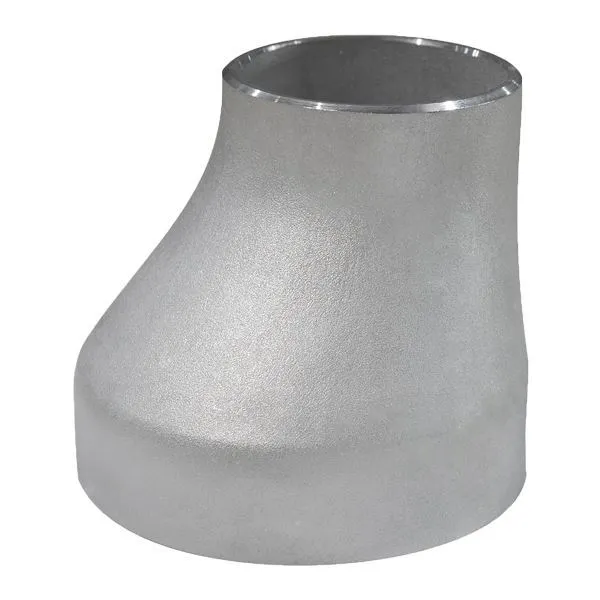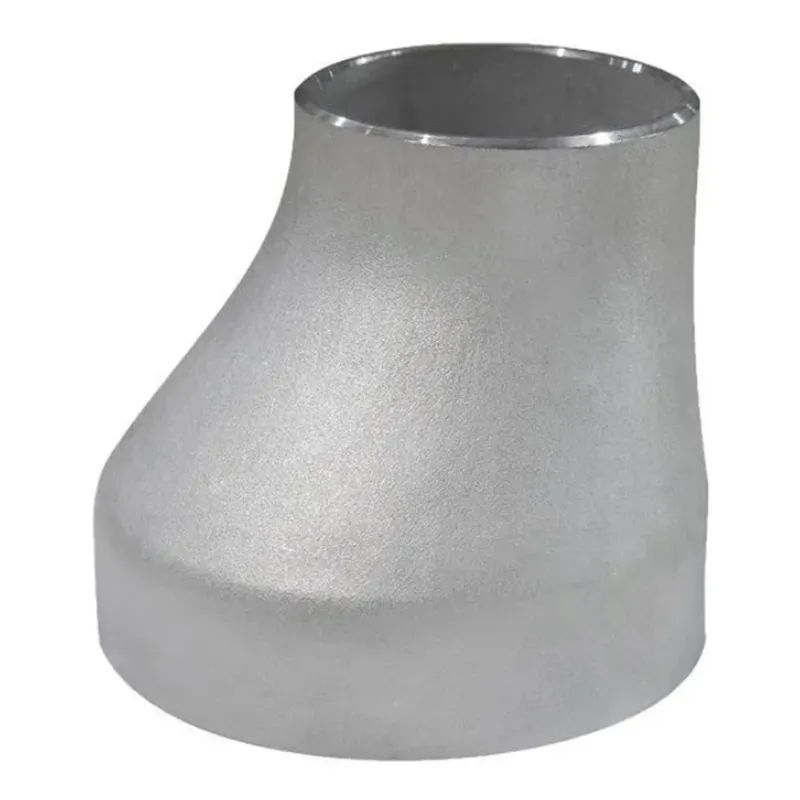-
Cangzhou Yulong Steel Co., Ltd.
-
Phone:
+86 13303177267 -
Email:
admin@ylsteelfittings.com
- English
- Arabic
- Italian
- Spanish
- Portuguese
- German
- kazakh
- Persian
- Greek
- French
- Russian
- Polish
- Thai
- Indonesian
- Vietnamese
- Zulu
- Korean
- Uzbek
- Hindi
- Serbian
- Malay
- Ukrainian
- Gujarati
- Haitian Creole
- hausa
- hawaiian
- Hebrew
- Miao
- Hungarian
- Icelandic
- igbo
- irish
- Japanese
- Javanese
- Kannada
- Khmer
- Rwandese
- Afrikaans
- Albanian
- Amharic
- Armenian
- Azerbaijani
- Basque
- Belarusian
- Bengali
- Bosnian
- Bulgarian
- Catalan
- Cebuano
- China
- China (Taiwan)
- Corsican
- Croatian
- Czech
- Danish
- Esperanto
- Estonian
- Finnish
- Frisian
- Galician
- Georgian
- Kurdish
- Kyrgyz
- Lao
- Latin
- Latvian
- Lithuanian
- Luxembourgish
- Macedonian
- Malgashi
- Malayalam
- Maltese
- Maori
- Marathi
- Mongolian
- Myanmar
- Nepali
- Norwegian
- Norwegian
- Occitan
- Pashto
- Dutch
- Punjabi
- Romanian
- Samoan
- Scottish Gaelic
- Sesotho
- Shona
- Sindhi
- Sinhala
- Slovak
- Slovenian
- Somali
- Sundanese
- Swahili
- Swedish
- Tagalog
- Tajik
- Tamil
- Tatar
- Telugu
- Turkish
- Turkmen
- Urdu
- Uighur
- Welsh
- Bantu
- Yiddish
- Yoruba

ਮਈ . 27, 2025 06:01 Back to list
Carbon Steel Concentric Reducers - Durable & Affordable Pricing
- Overview of industrial reducer
s and their significance - Market data: Growth trends in reducer demand
- Technical advantages of carbon steel models
- Manufacturer comparison table
- Custom engineering solutions
- Practical application scenarios
- Strategic selection criteria

(reducer)
Understanding the Role of Reducers in Industrial Piping Systems
Modern piping networks rely on concentric reducers to maintain flow efficiency while transitioning between pipe diameters. The global market for pipe fittings reached $18.7 billion in 2023, with reducers accounting for 23% of total sales. Carbon steel variants dominate 68% of reducer applications due to their tensile strength (minimum 485 MPa) and temperature resilience (-29°C to 425°C).
Market Dynamics and Material Innovation
Concentric reducer demand grew 7.2% YoY since 2020, driven by oil/gas expansion projects. API 5L Grade B carbon steel reducers demonstrate 40% longer service life than standard alloys in corrosive environments. Recent advancements include:
- Seamless cold-formed reducers with 0.8mm tolerance precision
- Hot-formed units withstand 2,500 PSI working pressure
- Electropolished interiors reducing turbulence by 15%
Technical Specifications Comparison
| Manufacturer | Material Grade | Pressure Rating | Temperature Range | Lead Time |
|---|---|---|---|---|
| SteelFlo Inc | ASTM A234 WPB | 3,000 PSI | -46°C to 343°C | 4 weeks |
| PipeMaster Global | ASTM A105 | 2,500 PSI | -29°C to 425°C | 6 weeks |
| FlowTech Industries | API 5L X52 | 4,000 PSI | -73°C to 260°C | 3 weeks |
Custom Engineering Solutions
Specialized projects require reducers with non-standard dimensions or enhanced properties. A recent offshore platform installation utilized 316L stainless steel-clad reducers with:
- 12" to 8" diameter transition
- 5mm corrosion-resistant overlay
- Flange faces drilled to ASME B16.5 Class 900
Implementation Case Studies
A refinery expansion in Texas achieved 18% pump efficiency improvement through optimized reducer placement. The configuration used 22 carbon steel concentric reducers in:
- Crude distillation unit (550°C operating temp)
- Hydrocracking process lines (2,800 PSI)
- Cooling water return systems
Why a Concentric Reducer Pipe is Essential for Long-Term Efficiency
Proper reducer selection impacts operational costs and maintenance frequency. Field data shows systems using ASME-compliant reducers experience 62% fewer pressure drops than those with generic fittings. When evaluating concentric reducer price lists, consider total lifecycle costs rather than just initial purchase price - quality units typically demonstrate 8-10 year service intervals before requiring replacement.

(reducer)
FAQS on reducer
Q: What factors influence the concentric reducer price list?
A: The concentric reducer price list depends on material type (e.g., carbon steel), size specifications, and supplier pricing policies. Bulk orders or industry-grade certifications may also affect costs.
Q: Why choose a carbon steel concentric reducer for industrial piping?
A: Carbon steel concentric reducers offer high durability, resistance to extreme pressure, and cost-effectiveness for heavy-duty applications like oil and gas or chemical processing systems.
Q: How is a concentric reducer pipe used in fluid systems?
A: A concentric reducer pipe connects pipes of different diameters while maintaining a central axis, ensuring smooth fluid flow transition. It’s commonly used in HVAC, water supply, and industrial pipelines.
Q: Are carbon steel concentric reducers corrosion-resistant?
A: While carbon steel provides strength, it requires coatings or galvanization to resist corrosion. For highly corrosive environments, stainless steel or alloy variants may be recommended.
Q: What standards govern carbon steel concentric reducer manufacturing?
A: Common standards include ASME B16.9 (dimensions) and ASTM A234 (material). Compliance ensures compatibility with pressure ratings and safety requirements in piping systems.
Latest news
-
ANSI 150P SS304 SO FLANGE
NewsFeb.14,2025
-
ASTM A333GR6 STEEL PIPE
NewsJan.20,2025
-
ANSI B16.5 WELDING NECK FLANGE
NewsJan.15,2026
-
ANSI B16.5 SLIP-ON FLANGE
NewsApr.19,2024
-
SABS 1123 FLANGE
NewsJan.15,2025
-
DIN86044 PLATE FLANGE
NewsApr.19,2024
-
DIN2527 BLIND FLANGE
NewsApr.12,2024
-
JIS B2311 Butt-Welding Fittings LR/SR 45°/90° /180°Seamless/Weld
NewsApr.23,2024











